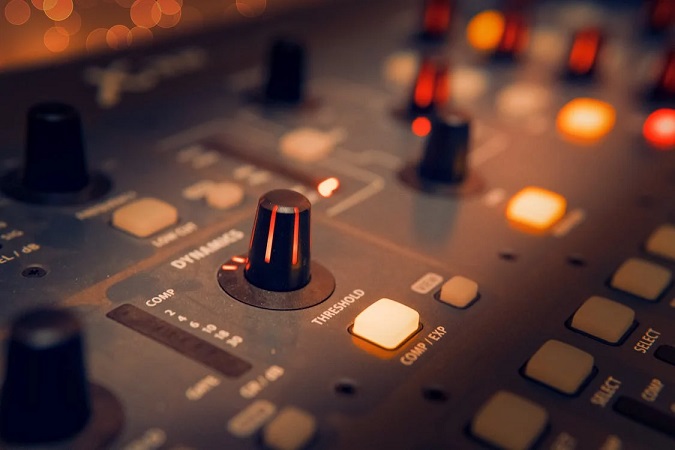In the expansive realm of sound analysis, sound level meters emerge as integral devices, intricately designed to measure noise and sound levels across diverse environments. These instruments, equipped with a microphone, pre-amplifier, amplifier, and frequency filters, undertake both qualitative and quantitative assessments of sound. With applications spanning music, medicine, engineering, and environmental studies, they play a pivotal role in sound quality control, diagnostics, tracking noise pollution, and maintaining a harmonious balance in sound production.
Navigating the Sonic Landscape
Acoustics, the profound study of sound, encompasses its multifaceted journey through production, transmission, and reception. Extending its influence into architecture, communication technology, audio engineering, and musical performance, acoustics emerges as both a scientific and artistic discipline. The measurement of sound entails a nuanced understanding of decibels, a logarithmic unit capturing sound intensity. This logarithmic nature affords precise control over audio output, where a mere 10-decibel increase signifies a profound tenfold rise in sound power. Additionally, the evaluation of frequency becomes pivotal, shaping the pitch or tone of sound, exerting influence over auditory health, and directing efforts in noise pollution control. In Australia, professionals often rely on a specialized tool called an SPL meter Australia for accurate sound level measurements.
The Symphony of Sound Level Meters in Noise Measurement
Sound level meters step into the spotlight, assuming a pivotal role in quantifying noise pollution and furnishing intensity readings in decibels. Classified into Types 1, 2, and 3 based on accuracy, these devices become indispensable guardians, ensuring adherence to health and safety regulations by maintaining optimal noise levels. Their applications echo across diverse landscapes, from environmental noise studies, workplaces, and audio productions to concerts, airports, and construction sites, where their presence guarantees effective noise control and vigilant monitoring.
Harmony in High-Quality Sound Level Meters
High-quality sound level meters unravel a melodic tapestry, characterized by attributes like impeccable accuracy, an expansive dynamic range, and the prowess of frequency weighting capabilities. Adorned with digital displays, data logging features, noise dose calculations, and responsive settings, these instruments prioritize not only durability but also user-friendliness. The sectors of music, film, and construction, where accuracy is paramount, necessitate meticulous calibration, precise measurement techniques, and continuous monitoring to orchestrate optimal performance.
Calibration and the Environmental Crescendo
Calibration, the symphony conductor of precision, ensures instruments resonate with standard values, eliminating deviations and errors for a symphony of reliable results. In scientific, manufacturing, and quality control processes, inaccurate calibration emerges as a discordant note, compromising data validity and comparability. Environmental factors, including temperature, humidity, wind speed, and atmospheric pressure, waltz onto the stage, influencing sound measurement by altering sound velocity, leading to the potential distortion or absorption of sound waves.
Precision: A Sonata in Sound Level Meters
Precision emerges as the sonata, an indispensable element threading through science, engineering, and medicine. Instruments adorned with precision maintenance features, such as digital signal processing, frequency weighting networks, and time weighting settings, become virtuosos in enhancing accuracy. Their arsenal includes integration functions, noise dose calculations, and data logging capabilities, contributing significantly to precision measurements.
Strategies to elevate precision encompass the deployment of sophisticated tools, acquiring multiple readings, regular calibration, heightened observer training, method refinement, and the meticulous recording and checking of data. This harmonious ensemble of approaches converges to yield accurate and reliable results, eliminating discord, reducing errors, and enhancing the credibility of measurements.
Conclusion
In conclusion, sound level meters have emerged as indispensable orchestrators in diverse fields, ensuring the precise measurement of noise and sound levels. Their presence orchestrates optimal audio experiences, orchestrates the vigilant monitoring of noise pollution, and harmonizes efforts in health and safety. High-quality sound level meters, adorned with advanced features and meticulous calibration, assume a commanding role in delivering a sonorous tapestry of reliable results across multifaceted applications. Precision, cultivated through strategic approaches and vigilant maintenance, stands as the maestro, directing the symphony of sound measurements towards unparalleled credibility and effectiveness.



